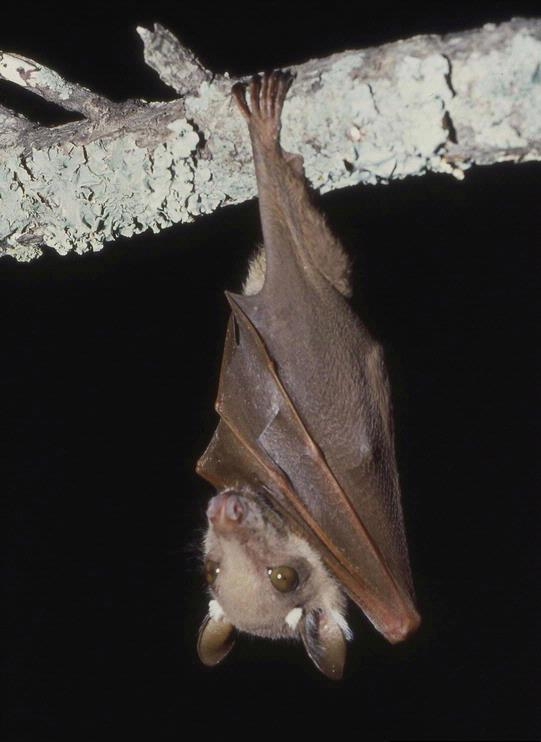Facts About Wahlberg's epauletted fruit bat
Wahlberg's epauletted fruit bat, or Epomophorus wahlbergi, is a captivating species of megabat native to southern Africa. These bats belong to the Pteropodidae family and inhabit a range of environments, including lush forests, shrublands, open savannas, and even urban areas.
One of the most remarkable features of these bats is their appearance. They usually possess brown to tawny fur with distinctive white patches near their ears. Male bats also boast impressive epaulettes of hair around their scent glands, which they can erect.
In terms of diet, Wahlberg's epauletted fruit bats are primarily frugivorous, consuming figs, guava, and other fruits. They also eat leaves and insects to supplement their diet. Being nocturnal creatures, they are active at night and prefer to roost during the day in well-lit open trees, under palm fronds, or within dense forests. Their roosting groups can range from just a few individuals to as many as 100, and they frequently change roost locations, likely as a strategy to avoid predators.
Mating season is a dynamic period for these bats. Males attract females with courtship calls and by displaying their epaulettes. These displays play a crucial role in their mating rituals.
Wahlberg's epauletted fruit bats are also noted for their ability to regulate body temperature, a trait known as heterothermy. During winter, they raise their metabolic rates and body mass to withstand colder temperatures. To manage heat stress, they employ several cooling strategies such as salivating, fanning their wings, licking their bodies, and panting. Nonetheless, extreme heat can still be perilous and even fatal for some individuals.

 Kenya
Kenya